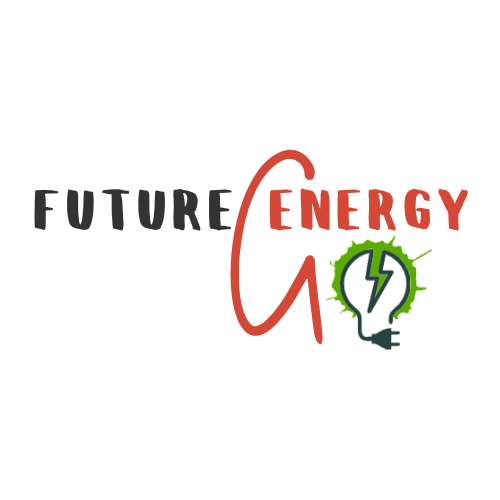Why is Russian gas so crucial for Europe?
Because of its North Sea gas production and LNG import infrastructure, the UK’s reliance on Russian gas is modest compared to most European countries, with less than 4% of the total supply. Furthermore, the UK has stated that it intends to diversify further away from Russian imports. In April 2022, the UK government released a new energy policy, laying out initiatives to strengthen energy security and reduce reliance on imports. The strategy calls for the development of domestic renewable, nuclear, and, in the short term, fossil-fuel energy sources.
The situation in Europe is different. To obtain gas from elsewhere, new LNG import capacity and pipelines would be required across Europe. Central and Eastern European countries, in particular, are primarily reliant on Russian gas and would find switching to a different supplier more difficult than countries with coastlines.
The EU imported 155 billion cubic meters of gas from Russia in 2021, accounting for around 45% of the bloc’s total gas imports. For certain European countries, the proportion is significantly higher, with Germany buying around 55% of its gas from Russia in recent years. Expectations that more energy sanctions may be imposed or that Russia could cut off supply if ties with the EU worsen further have pushed up gas prices. You can learn more about the European gas market without Russia in my article here.
In light of this, the EU is proposing a major rewrite of its energy strategy. It aims to cut its reliance on Russian gas imports by two-thirds within a year and phase them out entirely by the end of this decade under its proposed REPowerEU initiative.
Additional LNG imports have long been viewed as a possible alternative source of gas for Europe. The United States and Qatar, in particular, are global leaders in the business. In addition to the LNG, Turkmenistan and Northern African gas producers, particularly Algeria, have been considered as possible sources of supply that may be linked to Europe via new or existing pipelines. On the other hand, the new projects are more complex, and the cross-country regulatory approval procedure will take some time.
For example, before commissioning in 2020, the Trans Adriatic Pipeline, which connects Italy and Azerbaijan, needs four years of pre-construction and four years of construction. Even if the negotiation and pre-construction processes are accelerated, new pipelines could face comparable construction timelines. Because of these constraints and the expected lead periods required to pursue any significant infrastructure project, supply will struggle to meet demand if Russian gas output is cut out of global markets, resulting in high gas prices in the near and medium term.
As a short-term measure to lower reliance on Russian gas, some markets may choose to extend the lifespan of their current nuclear power reactors and burn more coal for power generation. This is already taking place in Finland, where Fortum applied in March 2022 to extend the lifetime of both nuclear power plants by 20 years to 2050. Belgium has also announced intentions to push back the planned phase-out of nuclear power by ten years to 2035.
Therefore, Europe has not many options on the table to replace Russian gas for the next few years. A lower power price environment could be achieved through either:
- increased local production or improved LNG availability;
- the decline in Asian demand and the economic slowdown worldwide;
- decoupling of gas and electricity prices.
The latter would mean the replacement of gas generation as the marginal technology. As an alternative, a cap on gas prices can be introduced by the European Union. A cap on gas prices in Spain and Portugal in June 2022 has been implemented for a period of 12 months. It is expected that the measure will have an immediate impact on the spot market. You can learn more about this government measure in my next article here. And as to the future power market price outlook, please check this article.








